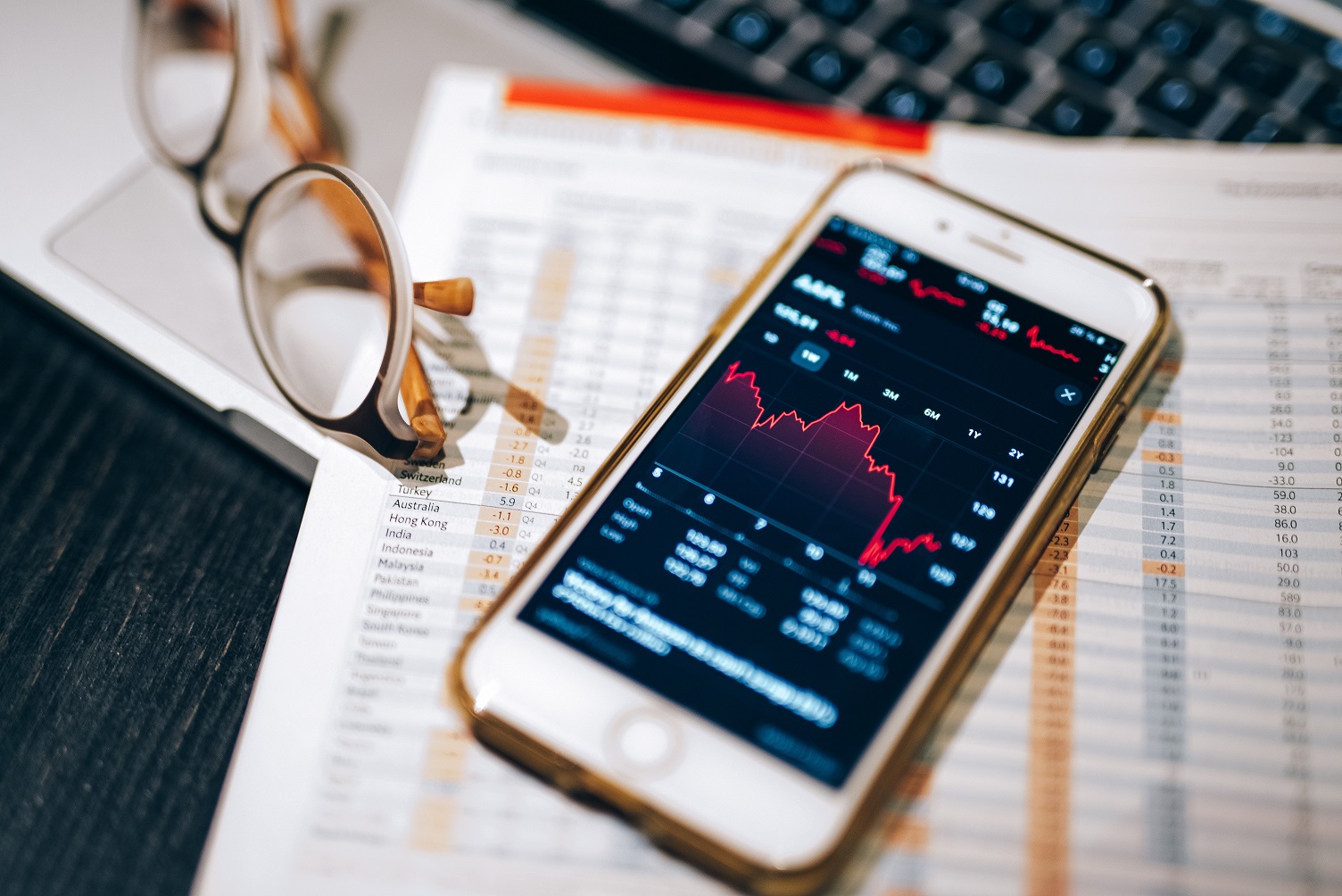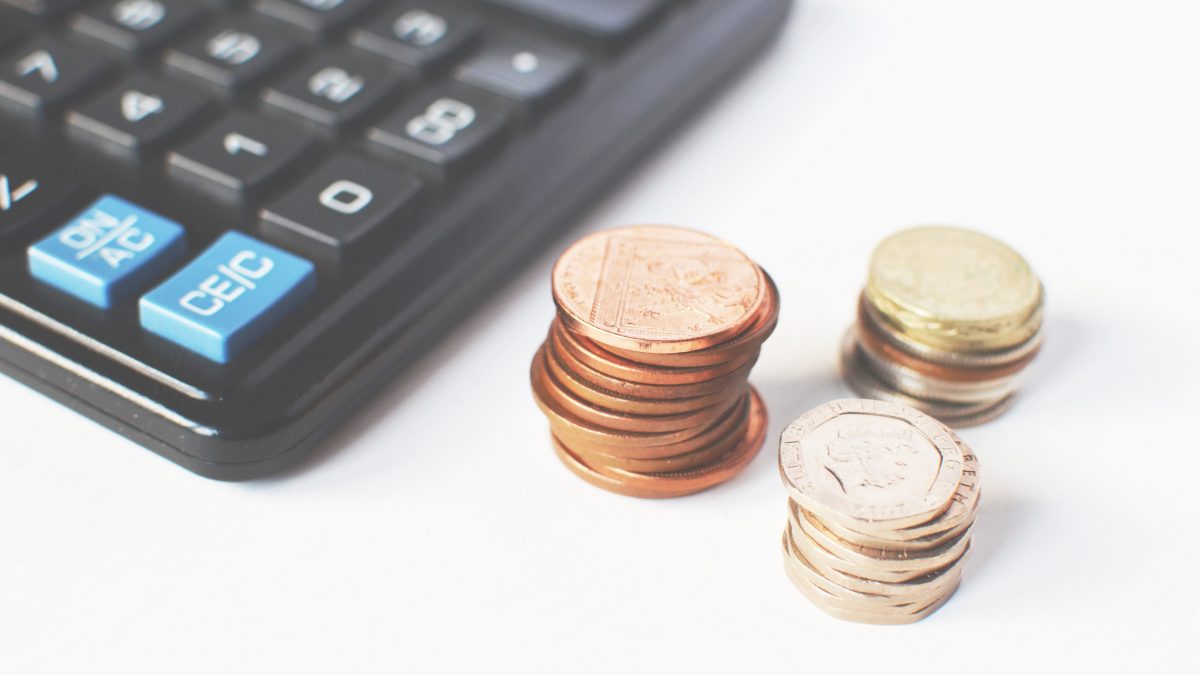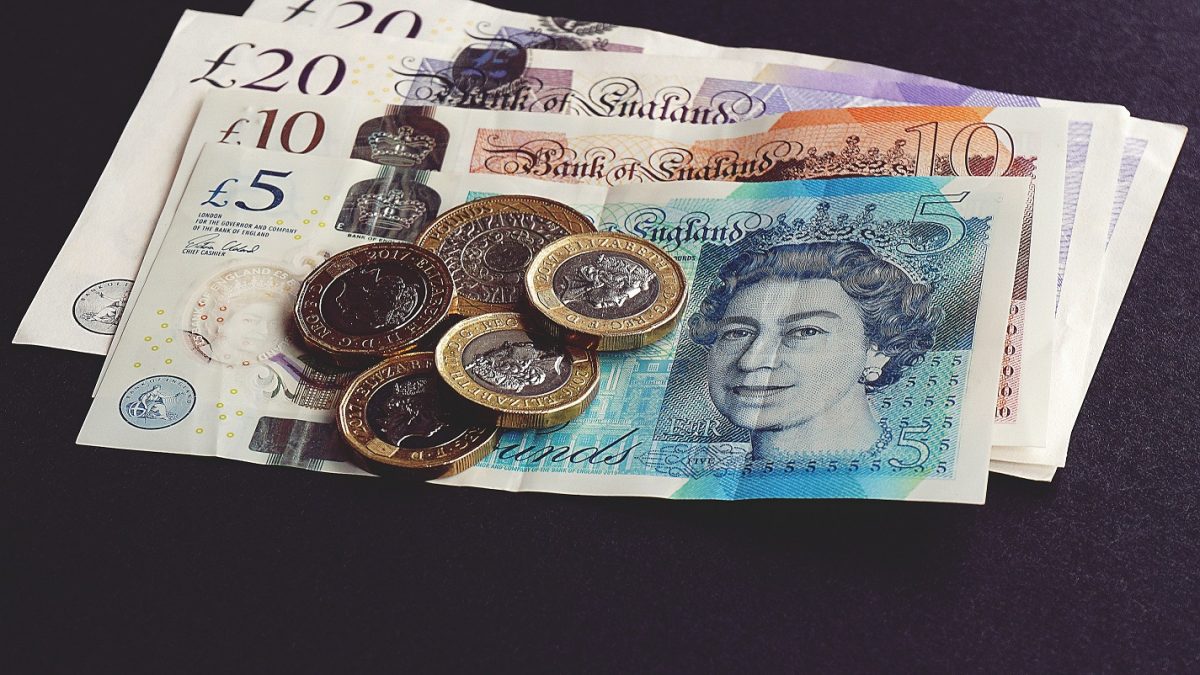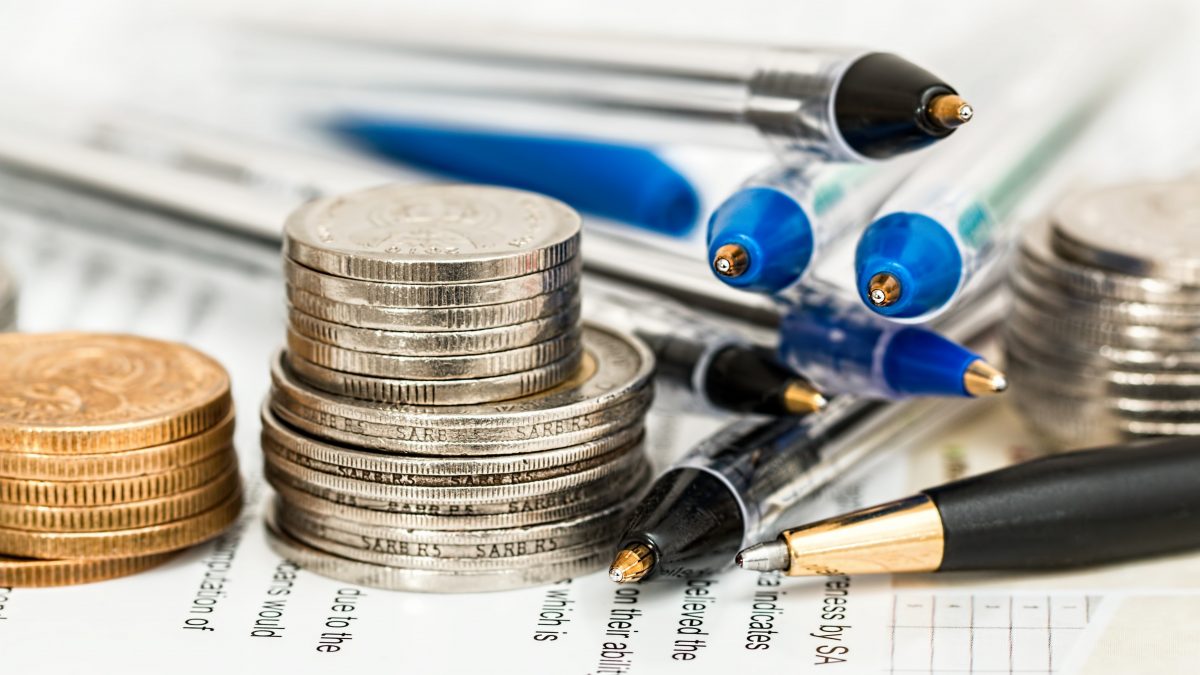
Dividends are a form of payment made by corporations to their shareholders, typically in the form of cash or additional shares of stock. These payments are usually distributed out of the company’s profits and represent a portion of the company’s earnings that is given back to the shareholders as a return on their investment.
Before paying dividends, a company needs to cover its various expenses, including operating costs, taxes, debt obligations, and reinvestment in the business for growth and development. After meeting these financial obligations, any remaining profits can be considered for dividend payments.
It’s important to note that not all profits are necessarily paid out as dividends. Some companies may retain a portion of their profits as retained earnings to reinvest in the business or build financial reserves for future opportunities or emergencies.
The decision to pay dividends and the amount of dividends paid are typically determined by the company’s board of directors and are subject to various factors, including the company’s financial performance, cash flow, future growth prospects, and the company’s dividend policy.
When a company generates profits, it has several options for using those earnings. One option is to reinvest the profits back into the business for expansion, research and development, or other purposes. Another option is to distribute a portion of the profits to the shareholders in the form of dividends.
Dividends can be paid regularly, such as quarterly or annually, or they can be paid as special dividends on an irregular basis. The amount of dividends paid to each shareholder is usually determined by the number of shares they own. For example, if a company pays a £1 dividend per share and you own 100 shares, you will receive £100 in dividends.
Dividends can be paid at various times, depending on the company’s dividend policy and financial performance. The timing of dividend payments is typically determined by the company’s board of directors and is subject to approval by the shareholders. Here are the common times when dividends can be paid:
Regular dividends: Many companies that have a history of stable earnings and cash flow pay dividends on a regular schedule, such as quarterly or annually. For example, a company might declare a quarterly dividend, meaning it pays dividends every three months.
Special dividends: In addition to regular dividends, some companies may issue special dividends. Special dividends are one-time payments made when a company has an exceptional financial performance or experiences an unexpected windfall of profits. These dividends are not part of the regular dividend schedule and are often larger than regular dividends.
Interim dividends: Some companies pay interim dividends during their financial year before the final annual dividend. Interim dividends are typically paid to distribute profits and provide shareholders with a partial return on their investment before the end of the fiscal year.
Final dividends: At the end of a company’s financial year, after the annual financial results have been audited and finalized, companies may declare and pay a final dividend. This represents the last dividend payment for the financial year.
Declaration and payment dates: Companies announce the declaration date, ex-dividend date, record date, and payment date for their dividends. The declaration date is when the company’s board of directors announces the dividend. The ex-dividend date is the date on which a shareholder must own the stock to be eligible to receive the upcoming dividend. The record date is the date when the company reviews its records to determine which shareholders are eligible to receive the dividend. The payment date is when the dividend is actually paid to eligible shareholders.
Dividend reinvestment plans (DRIPs): Some companies offer dividend reinvestment plans, allowing shareholders to automatically reinvest their dividends to purchase additional shares instead of receiving cash. This option provides an opportunity for shareholders to increase their ownership in the company without incurring additional transaction costs.
It’s essential for investors to stay informed about a company’s dividend policy and financial announcements to know when dividends will be paid and plan their investment strategies accordingly.










